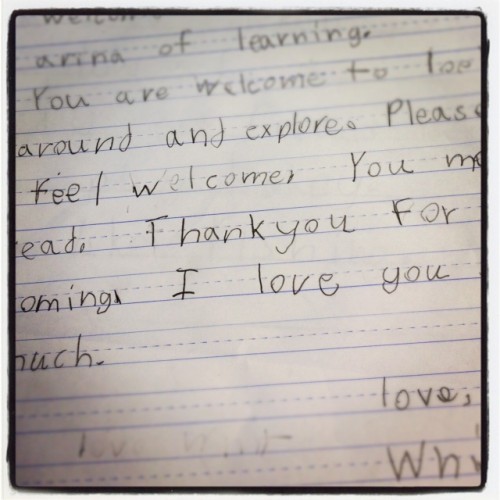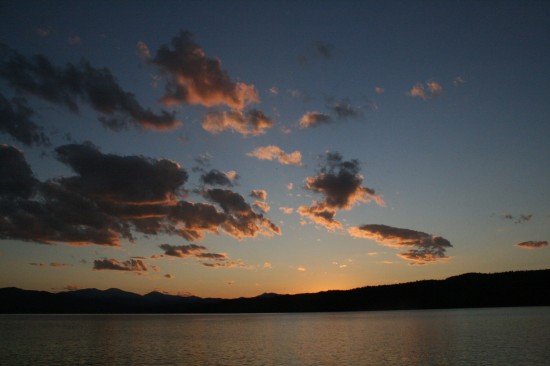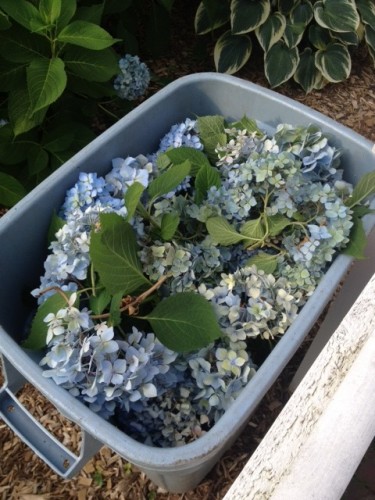
I want to remember Whit’s still-wobbly handwriting, and the fact that he unabashedly wrote that he “loves me very much” for public consumption in his back to school night letter.
I want to remember that part of my run where, in late summer and early fall, I have to push through a thicket of cosmos which are growing out of the sidewalk around a pole. I love that these flowers grow so insistently in the middle of an urban sidewalk, and I love the way they remind me of my grandmother.
I want to remember the way Grace looks, curled on her side, when I wake her up every morning. Her eyelashes cast shadows on her cheeks, she still hugs her brown and yellow bears to her chest, and she looks so peaceful. When I wake her up she always smiles slowly and stretches her arms over her head before saying “Good morning, Mummy!”
I want to remember the outrageous, lucid blue of the sky in the middle of September, the goosebumpy way September 11th is always gorgeously clear, just like 2001, and the beginnings of the flash of orange leaves in the trees on my street.
I want to remember the surge of joy I felt as I watched Grace streak across the soccer field at her first practice this fall. I was worried about how she would feel, returning, after her broken collarbone. I need not have worried.
I want to remember the weekend afternoons when Grace and Whit sit on either side of me in bed, the three of us in companionable silence, reading. When my company, and a book, satisfies them utterly.
I want to remember this golden moment, these ever-taller, lankier children who still carry echoes of the babies they were, the peace-sign and robot-patterned backpacks, the floating sound of lullabyes from the rooms of sleeping children, right now.
Inspired by Ali Edwards‘ beautiful post on this theme. What do you want to remember?



